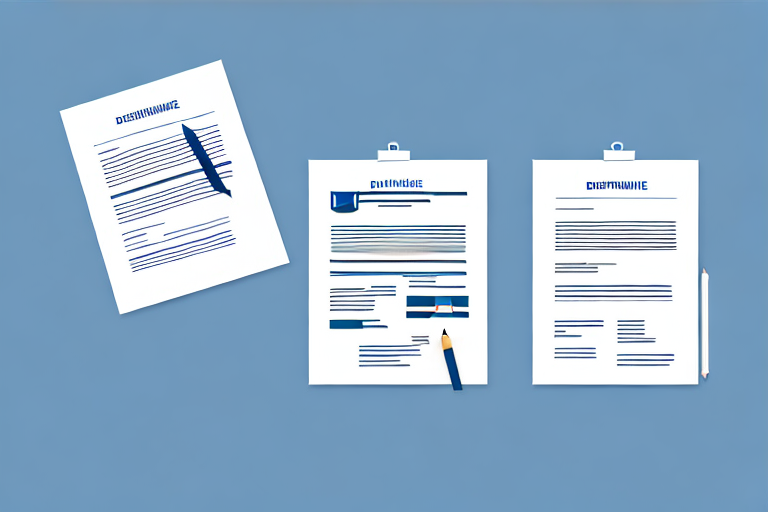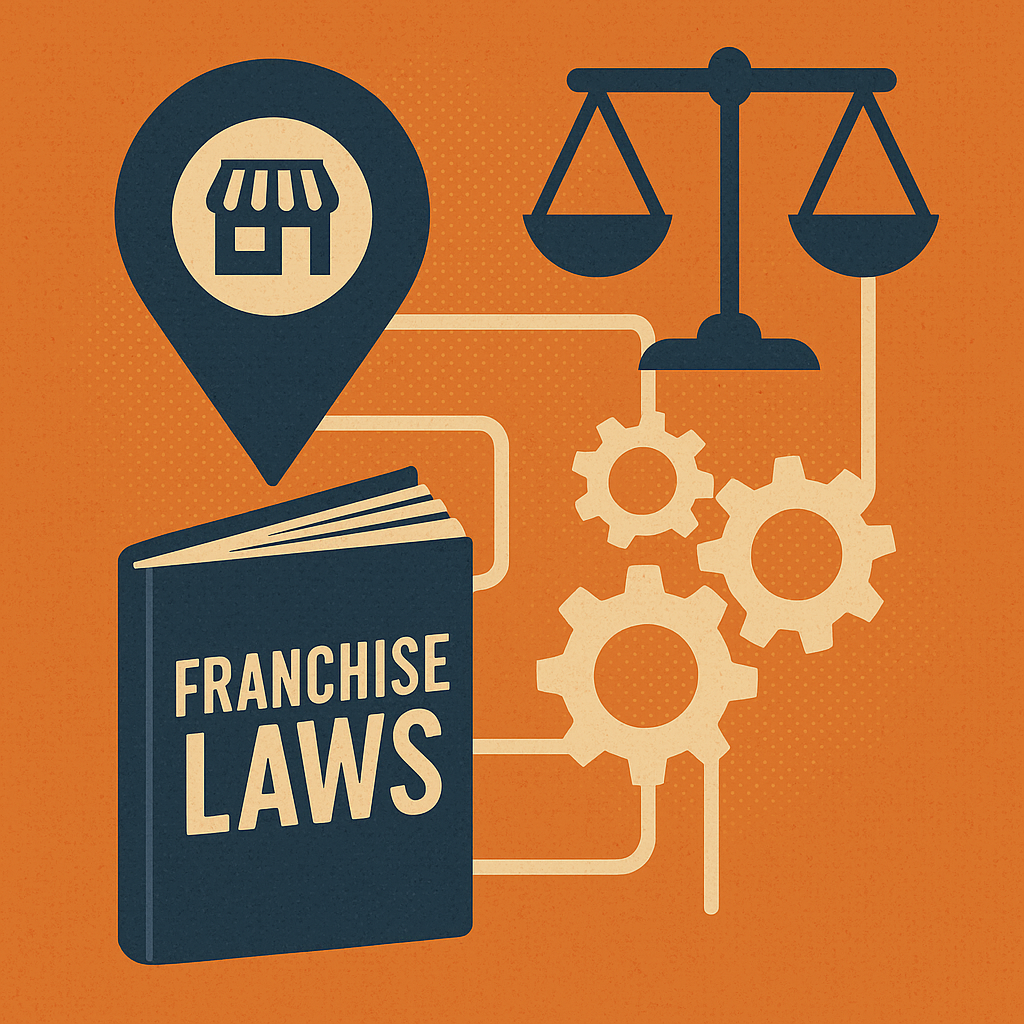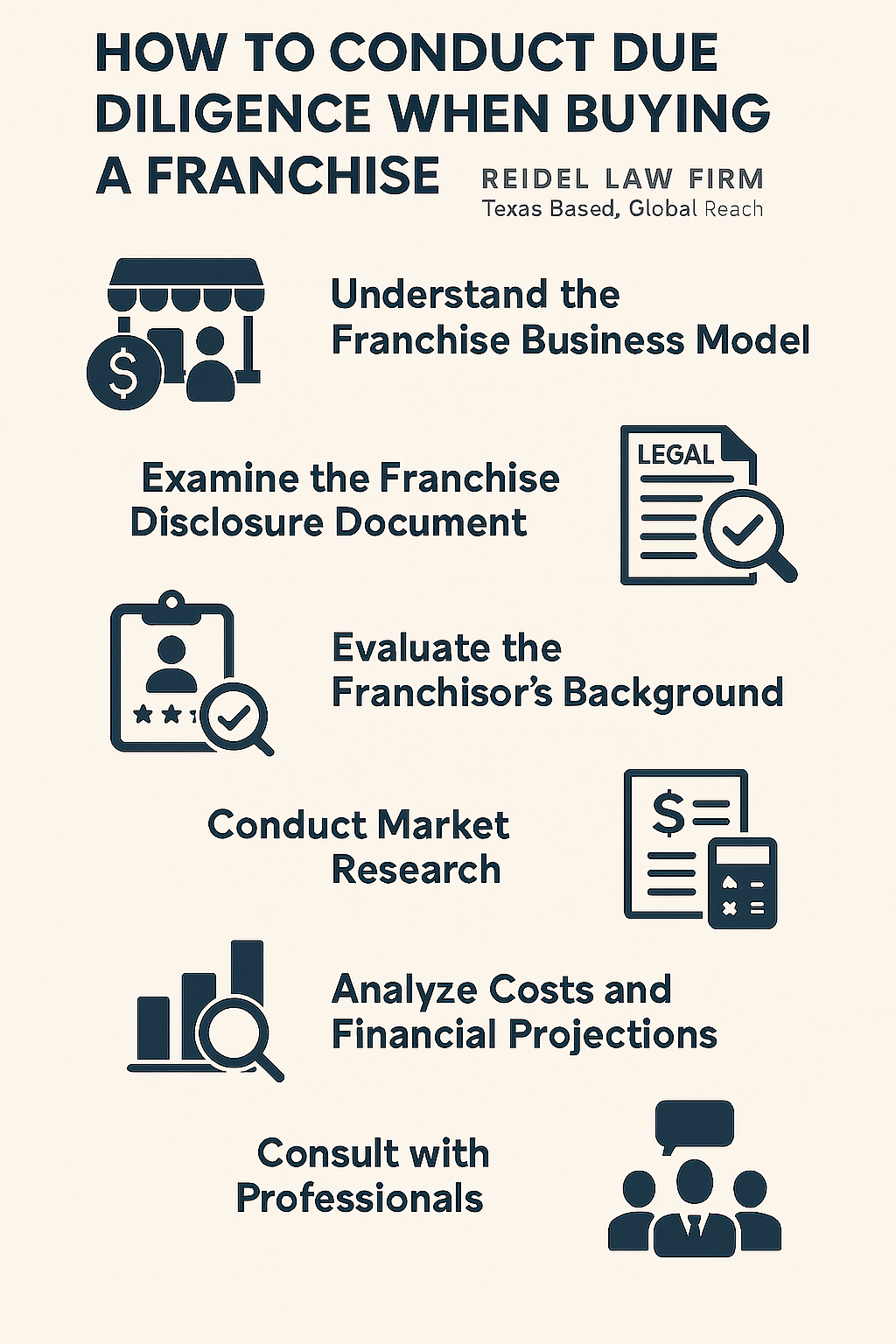Franchising is a popular business model that allows individuals or companies to purchase and operate a business using an established brand and proven system. When entering into a franchising relationship, both the franchisor (the entity that grants the franchise) and the franchisee (the individual or company that operates the franchise) must sign legal agreements. Two crucial documents in this process are the Franchise Disclosure Document (FDD) and the Franchise Agreement. In this article, we will delve into the differences between these two important documents and explore their key components, legal implications, and the rights and obligations they define for both parties involved.
Understanding the Franchise Disclosure Document (FDD)
The Franchise Disclosure Document, commonly referred to as the FDD, is a federally mandated document that provides prospective franchisees with comprehensive information about the franchisor and the franchise system. It serves as a tool for transparency and disclosure, ensuring that potential franchisees have access to all necessary information to make an informed decision before investing in a franchise.The FDD typically contains a wealth of information, including the franchisor’s background and experience, details about the franchise system, required fees and costs, contractual obligations, financial performance representations (if applicable), territorial rights, and more. It is a key resource for understanding the business opportunity and the expectations set by the franchisor.It is important to note that the FDD must comply with the regulations set forth by the Federal Trade Commission (FTC) in the United States, as well as any state-specific requirements. This ensures consistency in the information disclosed to franchisees across different franchises and provides a standardized framework for evaluating opportunities.
In addition to the information mentioned above, the FDD also includes details about the franchisor’s current and former franchisees. This section provides valuable insights into the success and satisfaction levels of existing franchisees within the system. Prospective franchisees can review this information to gauge the overall performance and support provided by the franchisor. It is important to thoroughly analyze this section of the FDD to understand the potential risks and rewards associated with investing in the franchise.
What is a Franchise Agreement and how does it differ from the FDD?
While the FDD provides detailed information about the franchise system, the Franchise Agreement is the legal contract that governs the relationship between the franchisor and the franchisee. It outlines the specific terms, conditions, and obligations that both parties must adhere to during the course of the franchise agreement.Unlike the FDD, which serves as a disclosure document, the Franchise Agreement is a binding contract. It covers various aspects of the franchise relationship, including the franchisee’s rights to use the franchisor’s intellectual property, operational guidelines, advertising requirements, mandatory purchases from specified suppliers, training and support provided by the franchisor, and the duration and renewal terms of the franchise agreement.The Franchise Agreement is generally more detailed and specific than the FDD, as it outlines the day-to-day operational requirements and the ongoing obligations of the franchisee. It establishes the legal framework for the franchising relationship, governing everything from the protection of intellectual property rights to the resolution of disputes between the parties.
One important aspect of the Franchise Agreement is the financial obligations of the franchisee. This includes the initial franchise fee, ongoing royalty payments, and any additional fees or expenses that the franchisee is responsible for. The Franchise Agreement will specify the amount and frequency of these payments, as well as any penalties or consequences for late or missed payments.
Key differences between the Franchise Disclosure Document and Franchise Agreement
While the FDD and Franchise Agreement are distinct documents, they both contribute to the overall understanding and governance of a franchise relationship. Understanding the differences between these two core documents is essential for prospective franchisees.
The FDD primarily focuses on disclosure, providing full transparency and relevant information about the franchisor and the franchise opportunity. It is a legally required document that must be provided to potential franchisees before any financial commitment is made. The FDD helps prospective franchisees evaluate the risks and benefits associated with investing in the franchise system.On the other hand, the Franchise Agreement is a legally binding contract that outlines the rights and obligations of both parties once they decide to enter into a franchise relationship. It provides specific guidelines and requirements for operating the franchise, ensuring consistency and uniformity within the franchise system.The FDD is typically a static document that does not change often, while the Franchise Agreement can be customized to some extent by the franchisor. However, franchise agreements usually follow a template established by the franchisor to maintain consistency among its franchises and protect the integrity and reputation of the brand.
One important distinction between the FDD and the Franchise Agreement is the timing of when they are provided to potential franchisees. The FDD must be given to prospective franchisees at least 14 days before they sign the Franchise Agreement or make any payment to the franchisor. This waiting period allows potential franchisees to thoroughly review the FDD and seek legal and financial advice before making a commitment. In contrast, the Franchise Agreement is typically presented after the potential franchisee has had the opportunity to review the FDD and decide to move forward with the franchise opportunity.
Breaking down the components of the Franchise Disclosure Document
Now that we have established the purpose and differences between the FDD and Franchise Agreement, let’s explore the components typically found within the Franchise Disclosure Document.
1. Franchisor Information: The FDD starts with an introduction to the franchisor, detailing its legal name, address, formation date, and key executives or officers. This section helps potential franchisees understand the background and experience of the company offering the franchise opportunity.
2. Litigation History: Another important component of the FDD is the disclosure of any past or ongoing litigation involving the franchisor. This section provides potential franchisees with information about any legal disputes or lawsuits that the franchisor has been involved in. It is crucial for franchisees to be aware of any potential legal risks associated with the franchisor before entering into a franchise agreement.
3. Initial Investment: The FDD also includes a detailed breakdown of the initial investment required to start a franchise. This section outlines the various costs involved, such as franchise fees, equipment purchases, leasehold improvements, and working capital. It provides potential franchisees with a clear understanding of the financial commitment required to establish and operate the franchise.






